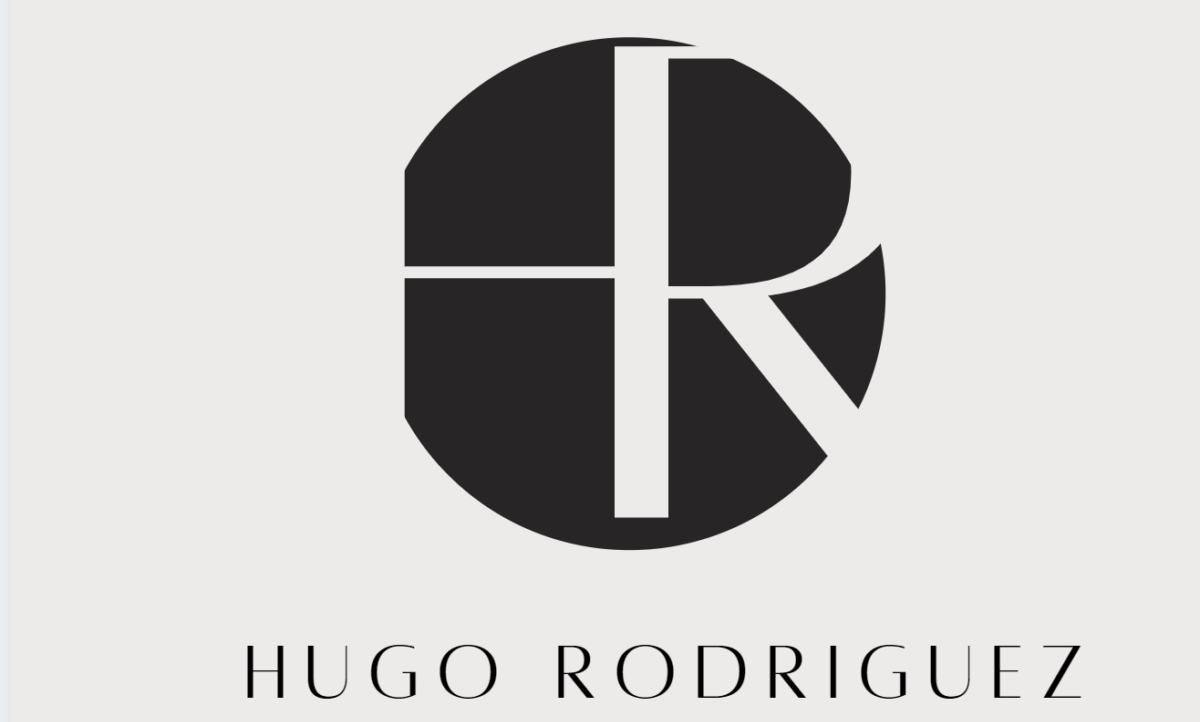figure 5
This course is an introductory survey of today’s complex and consistently transforming fashion and textiles
business environment. A survey of fashion wholesale and retail environments will be explored to offer
students a clear understanding of various textiles types with an emphasis on its interaction with fashion
merchandisers, buyers, and retailers. Students acquire basic knowledge of fibers, yarns, cloth
construction, finishes, and embellishments necessary to determine quality and to make appropriate fabric
choices for contemporary fashion apparel and home furnishings.
PART I: Wovens (5 pts. per example/100 pts. TOTAL) (10% of course grade)
For each example, you should include the type of textile and URL for your image. Use the template to
make it easier.
Find examples of the following woven fabrics (2 images per slide):
Slide 1: TITLE SLIDE Mid-term Part I (add your name & section)
Slide 2: Tabby & basket weave
Slide 3: Right hand Twill & Herringbone Twill
Slide 4: Houndstooth checks & Waffle weave
Slide 5: Satin and Sateen
Slide 6: Velvet & Velveteen
Slide 7: 2 examples of Dobby weave
Slide 8: 2 examples of Jacquard weave
Slide 9: Examples of Floor loom &Table loom
Slide 10: Examples of historic Jacquard loom & computerized Jacquard loom
Slide 11: Example of handmade pile rug & vertical rug weaving loom
mid-term-image-template [Autosaved]
LAB PROJECT
STEP 1: Find a natural dyestuff in your environment. These can be food or plants such as turmeric,
blueberries, onion skin, red cabbage, black tea, coffee grounds, or other common items in the fridge or
pantry. If fresh produce is running low in your household, you can dye using black beans, flower petals,
or dried herbs. Pick something non-toxic and make sur you have a pot—most dyes need to be heated on
the stove.
STEP 2: Find something to dye. Here are some suggestions:
• A piece of natural fabric (white/light colored cotton pillowcases are great)
• A white/light colored apparel item in a natural fabric (Cotton T-shirts are ideal, but silk is great
too)
• Cotton yarn from your weaving project (white/cream or very pale color)
You’ll notice that I stressed NATURAL fibers here…stay away from acrylic and other synthetics, they don’t
take natural dyes well!
STEP 3: Search for a tutorial on how to dye using your dyestuff. Research your fiber and natural dyestuff
to make sure you have everything you need. Remember you will need to use a mordant—usually
something like salt, baking soda, or vinegar, depending on whether the dyestuff and whether you need to
set it with an alkaline or acidic substance.
Videos are great, and blogs can be pretty useful too. This will be included in your references. Prepare your
fabric/fiber by scouring; prepare your dyestuff as specified; and dye your fabric item.
STEP 4: Add your resist-dyeing technique. Like shibori or ikat, you can try wrapping, binding, pleating,
and otherwise creating simple patterns (or a random pattern) by tightly compressing your fabric. I’ve tried
this with binder clips, rubber bands, or tightly wrapped threads/yarn. Use whatever you have handy.
Document, document, document! This is about process. You may discover some amazing things as you do
this project—take notes and photograph everything, including yourself. I want to see your smiling face
included in the in-progress photos that will illustrate your paper. See more about the paper in the next
section.
PAPER Don’t panic. You will be simply be formally documenting your natural dye process, with a little
history for good measure. This is why you need pictures. See next section for how to structure your paper.
Structure your paper as follows:
• Title Page with your name, section, date, and fascinating but informative title
• Introduction Lay out the main points of your topic, which should be expanded in
subsequent paragraphs
• History of [your dyestuff]. Which country is it form, and how long has it been in use as a
dyestuff? What is the range of colors you can produce with it? Was it expensive or
inexpensive? Was it subject to sumptuary laws? Was it symbolic in any way? Cite your
references for this section
• Process Treat this section like a tutorial for the general reader. Include the item you’re
dyeing, and outline the steps of your process (include at least 4-5 steps, with images and
captions).
• Findings Include your observations in this section. Did your project turn out the way you
expected? Compare your outcome and process to that of the tutorial you followed.
• Conclusion Include a summary of your paper, and what you learned from the process
• References Cite at least 3 online references that are not included in the course reader



